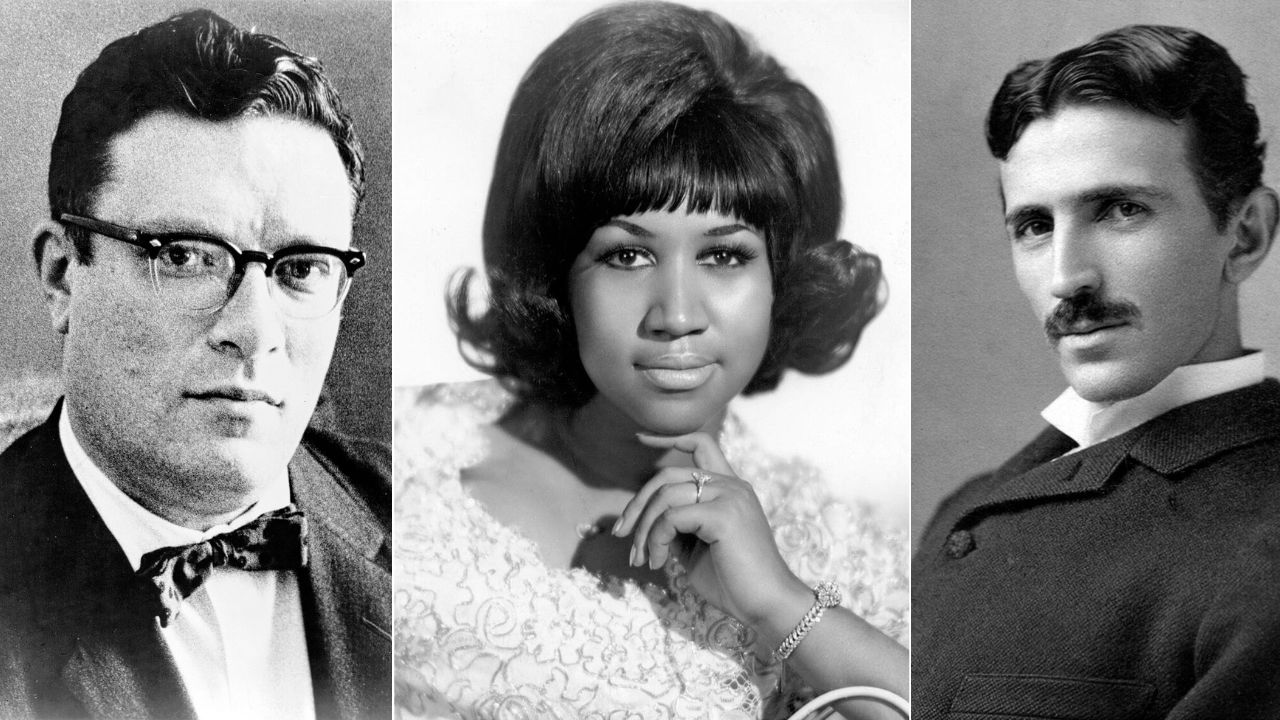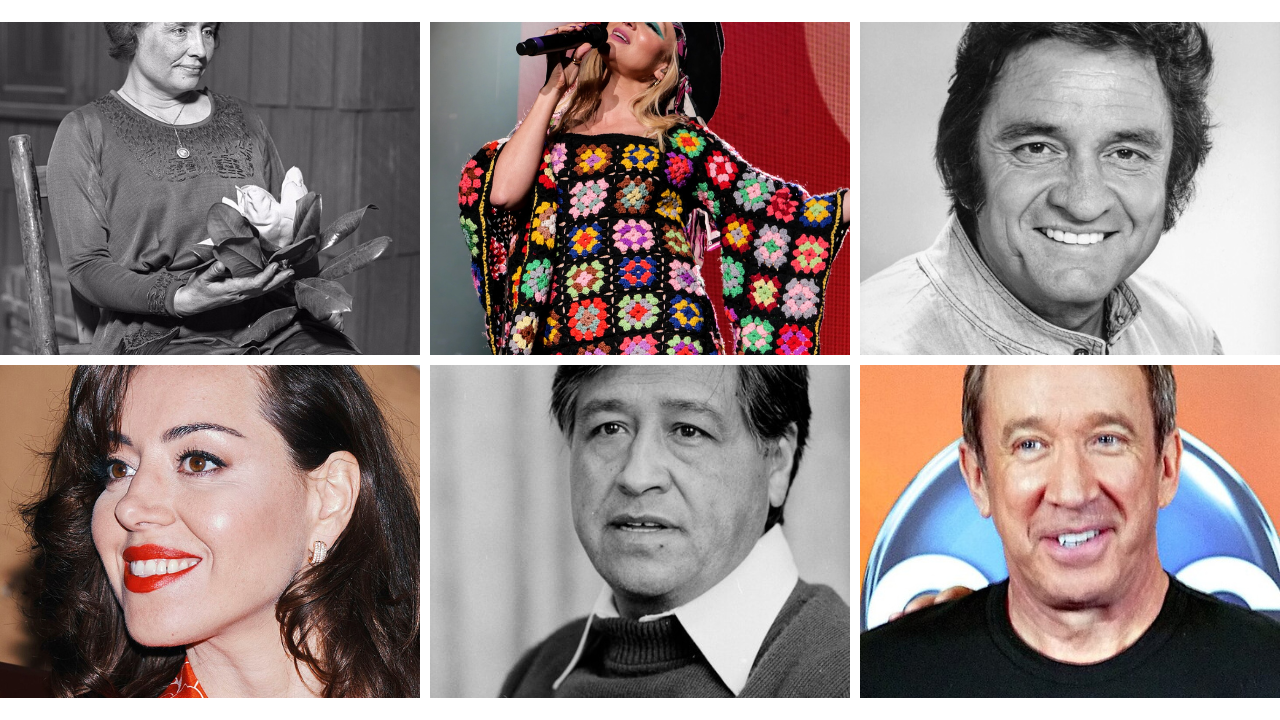Fears shape choices, even for famous people. Some avoided planes, others slept with lights on or carried notes to stay safe. These stories are not jokes; they are part of real lives with dates and places you can check. From the 1830s New England rooms to the 1980s tour buses, unusual phobias and strong dislikes changed careers, travel plans, and daily habits. Learning the facts helps you see people as human, and it can make your own worries feel less lonely.
1. Nikola Tesla’s Germ Worries and Rigid Routines
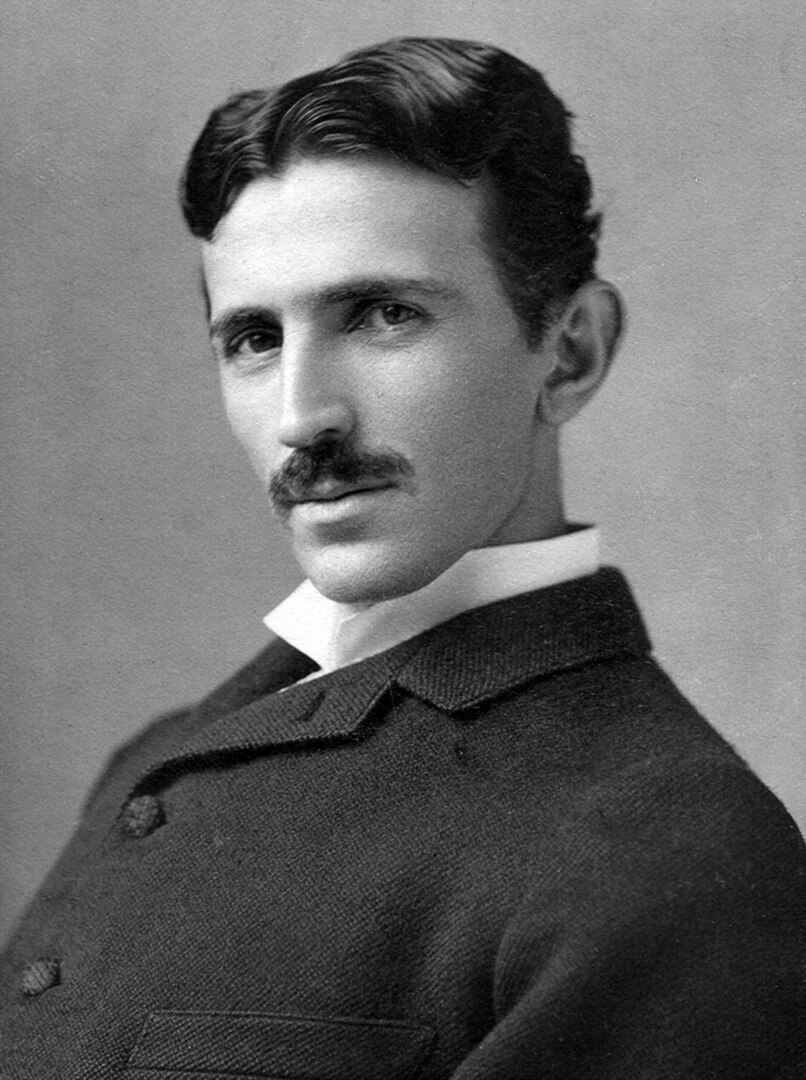
Inventor Nikola Tesla, born 1856, kept strict habits that looked like mysophobia. In New York he avoided handshakes, counted steps, and preferred tasks in sets of 3. He lived at the Hotel New Yorker from 1934 to 1943, often dining at the same table and asking for stacks of clean linens. Pearls bothered him so much he refused to speak to someone wearing them. Bright minds can have quirks, so the safety tip here is simple, respect your own limits and keep clean hands in public spaces.
2. Howard Hughes’s Extreme Fear of Germs
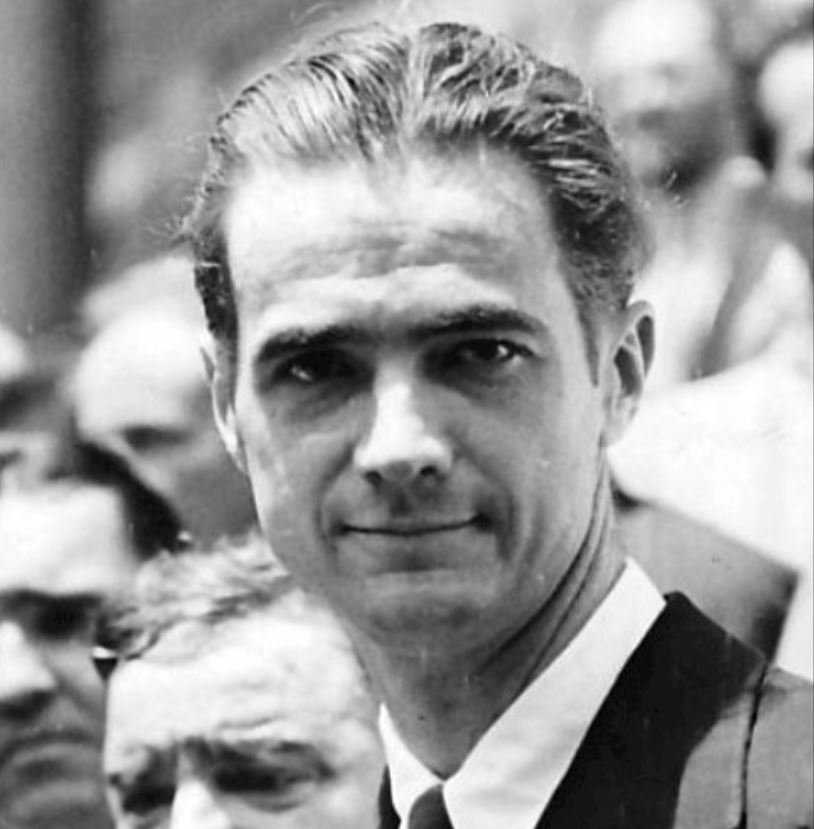
Businessman and pilot Howard Hughes, 1905–1976, developed a severe fear of contamination, especially late in life. In 1966 he moved into the Desert Inn in Las Vegas, then bought the hotel in 1967 to control his space. Memos ordered staff to seal doors, handle items with tissues, and limit visitors. He avoided handshakes, lived in dark rooms, and shunned crowds. OCD can look like this, but help exists. Basic care still matters for everyone, wash hands, keep wounds covered, and follow medical advice when you feel unwell.
3. Alfred Hitchcock’s Egg Aversion
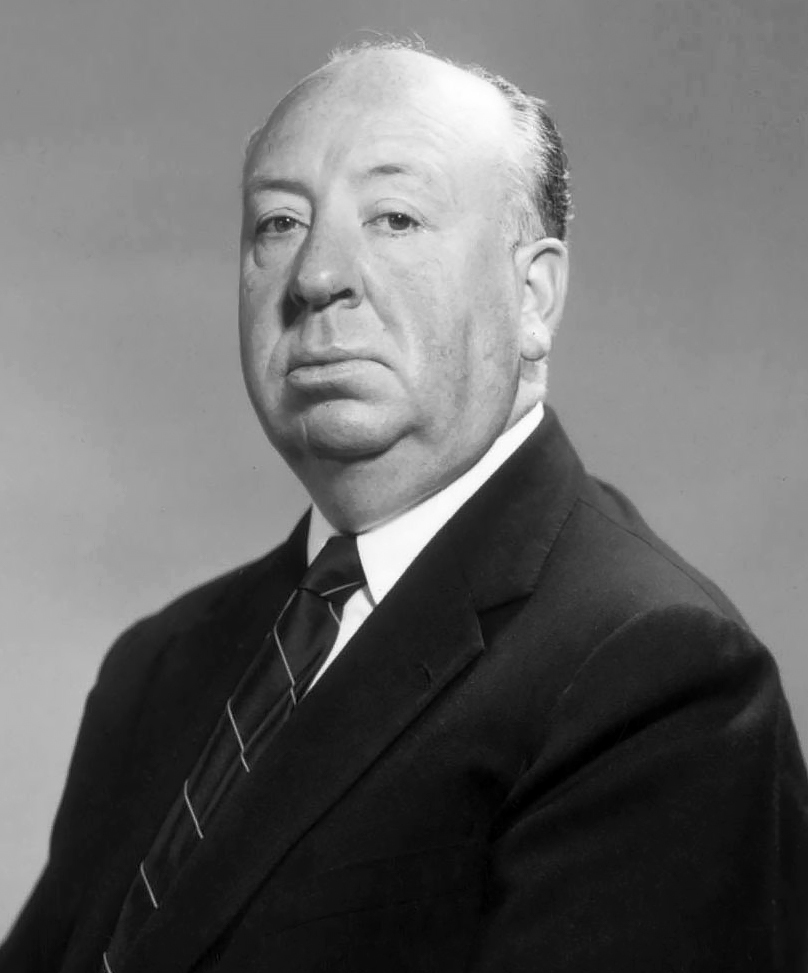
Director Alfred Hitchcock, born 1899 in London, openly said he hated eggs, a fear called ovophobia. He told interviewers in the 1960s that a broken yolk looked “revolting.” It is ironic, because he filmed food and birds with such control, including “The Birds” released in 1963. His dislike shaped habits on set and at breakfast. Strong food aversions are real, so teens can try a simple rule, keep one safe food nearby and never force a taste test. Respect boundaries at the table and on camera.
4. Hans Christian Andersen’s Fear of Premature Burial
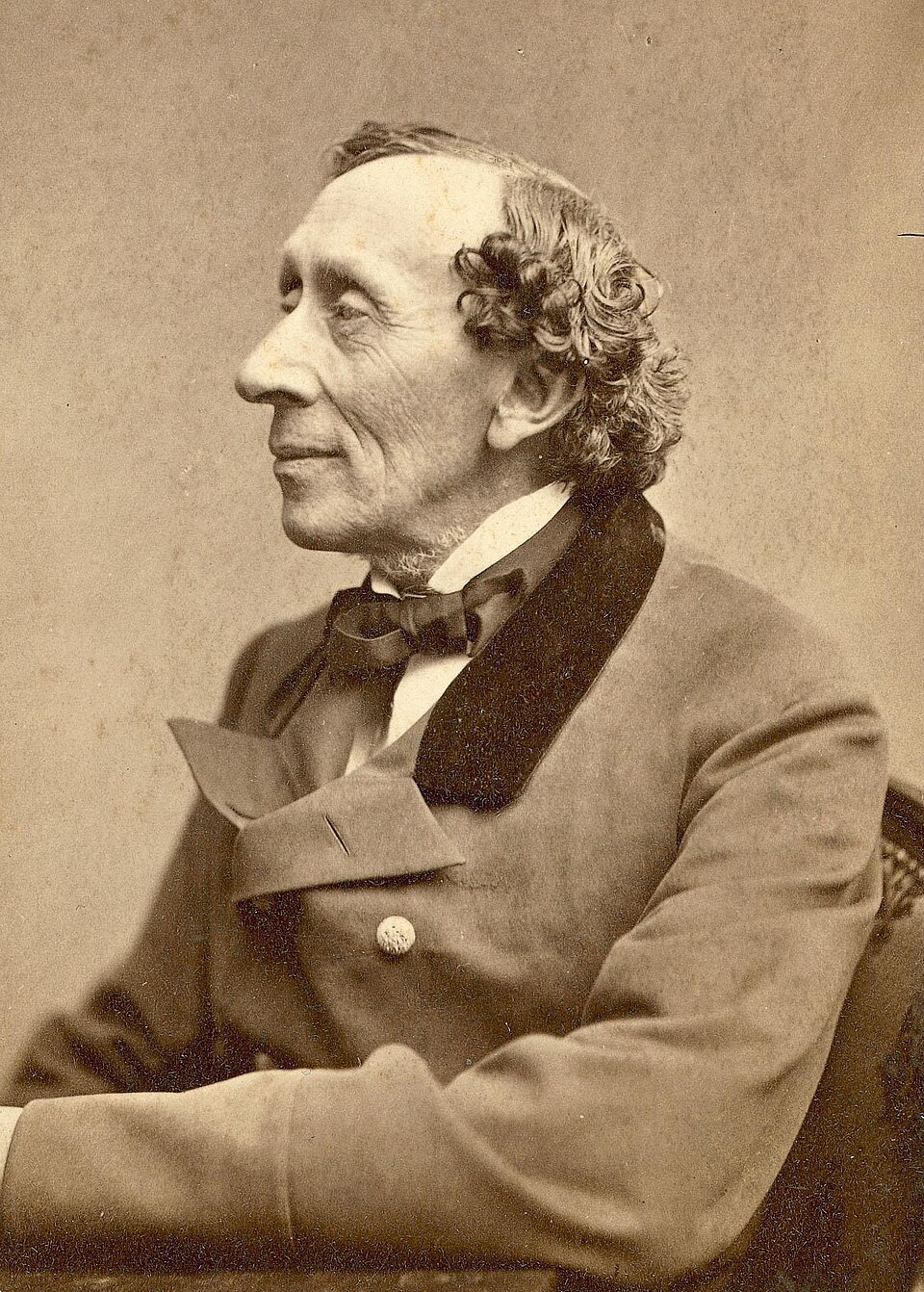
Author Hans Christian Andersen, 1805–1875, feared being buried alive, a common 19th century worry called taphophobia. He carried written notes asking that his body be checked before burial and asked doctors to confirm he was truly gone. During long trips he left reminders in hotel rooms in case staff found him asleep and panicked. He died in Copenhagen in 1875. The practical tip still applies today, carry ID and a medical note if you have a condition that mimics sleep or fainting.
5. George Washington’s Wait-Before-Burial Instruction
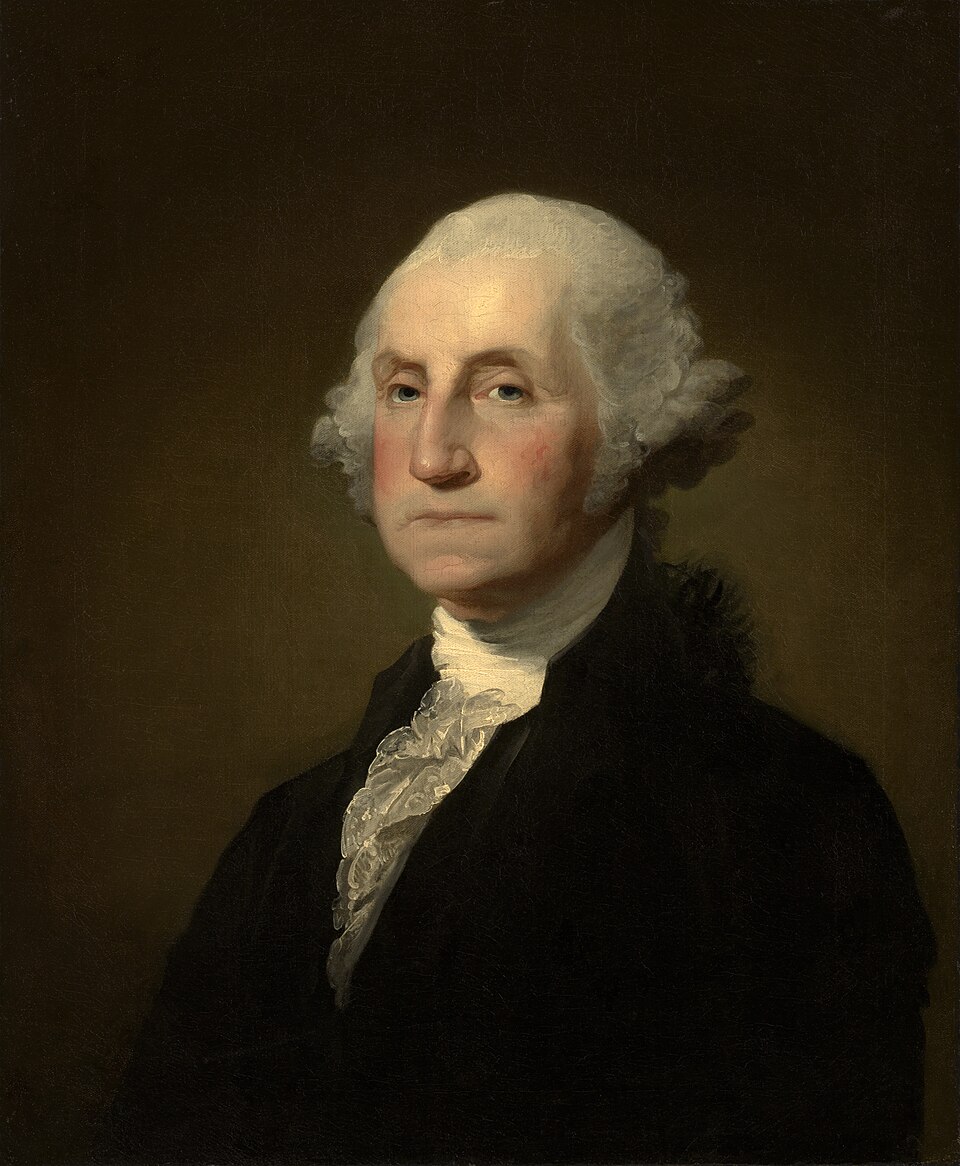
America’s first president, George Washington, died at Mount Vernon on December 14, 1799. He asked in writing that his body not be buried for at least 3 days, reflecting widespread fear of premature burial before modern monitors. Family honored the request, and his funeral followed after the delay. The detail shows how technology changes what people fear. For modern peace of mind, families can share end-of-life wishes in clear documents and keep emergency contacts printed in a wallet, not just saved on a phone.
6. Benjamin Harrison’s Early-Electricity Nerves
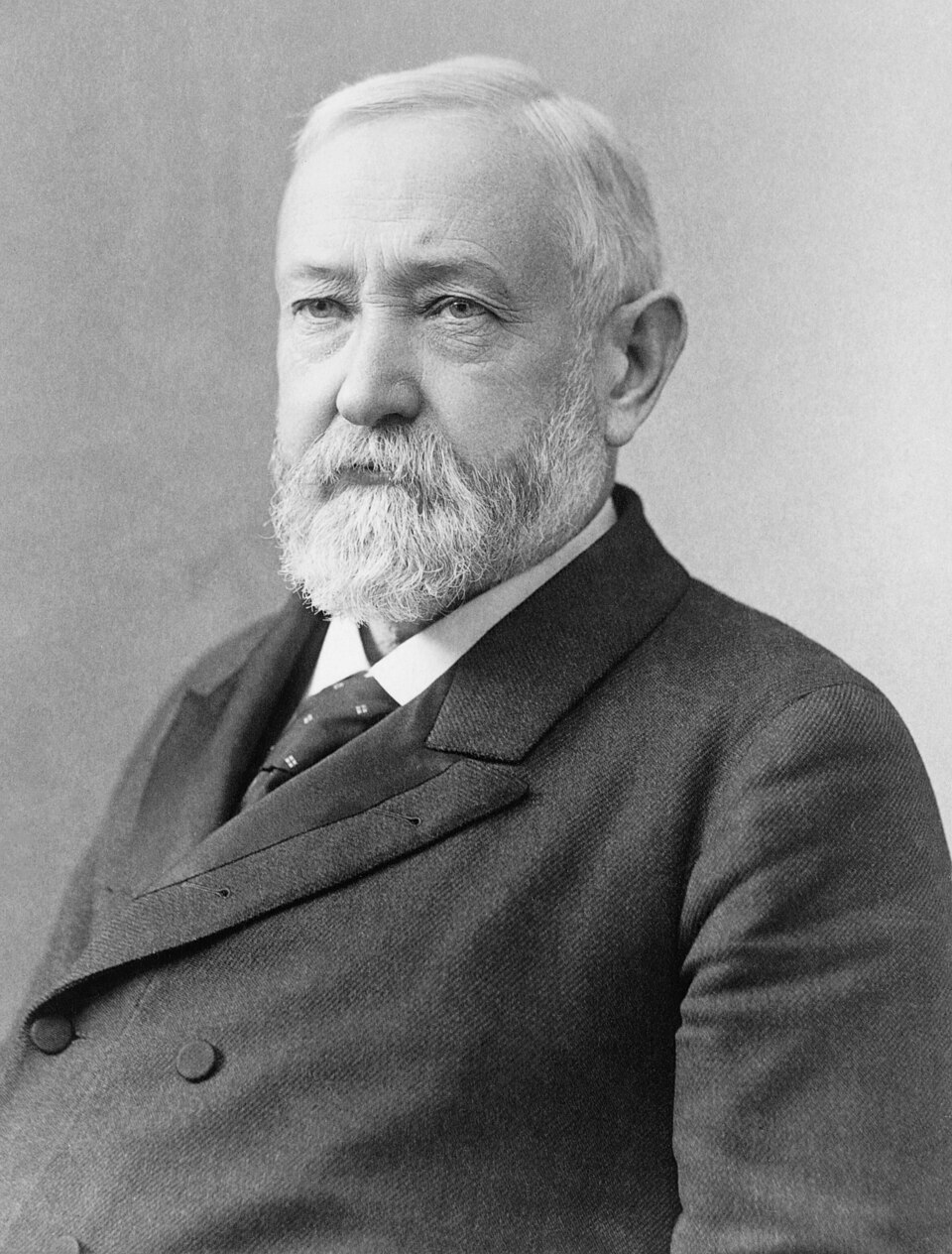
When electric lighting came to the White House in 1891 during Benjamin Harrison’s term, it felt risky. The president and First Lady reportedly avoided touching the new wall switches, worried about shock from the system that ran through the mansion’s old walls. Staff often turned lights on and off for them. Early tech can be scary, yet safety improves fast. Today, follow basic rules, use grounded cords, replace frayed wires, and keep water away from outlets. Simple checks prevent most shocks at home.
7. John Madden’s Fear of Flying and the Bus Solution
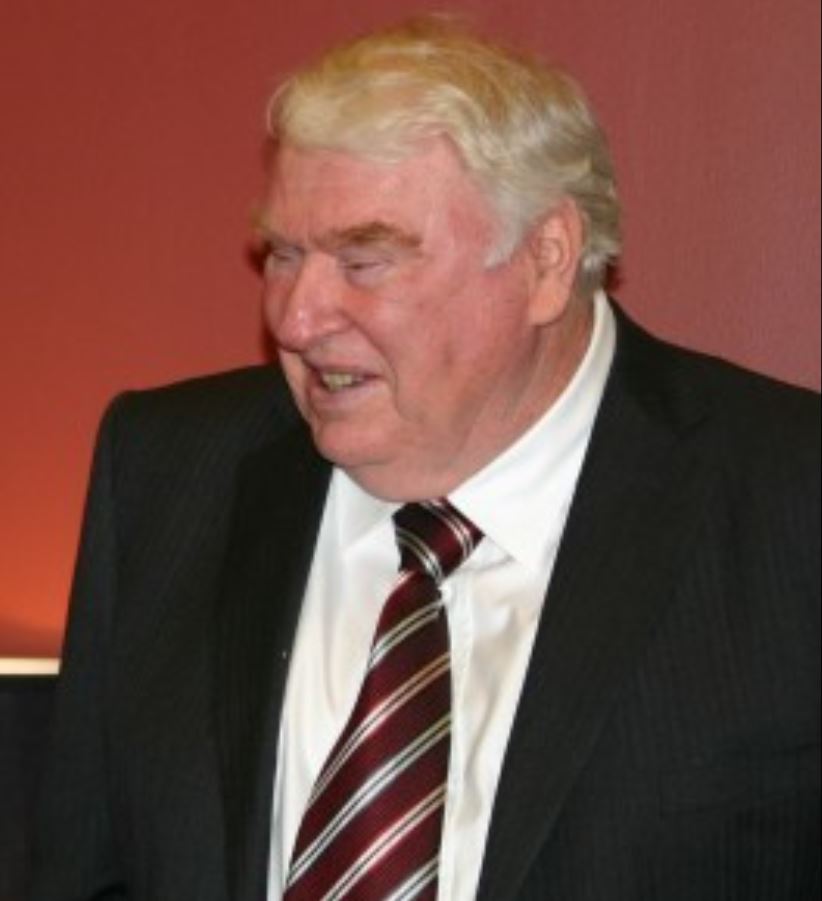
Coach turned broadcaster John Madden stopped flying after a panic episode in 1979. He took trains for a while, then hit the road in a custom bus in 1987, the Madden Cruiser. The bus logged hundreds of thousands of miles between NFL stadiums and TV booths through the 1990s and 2000s. Crowds loved the rolling studio parked outside games. If flying triggers you, there are options, choose trains or buses, plan extra time, and tell a trusted adult your route and check-in times.
8. Aretha Franklin’s Long Ground Travel
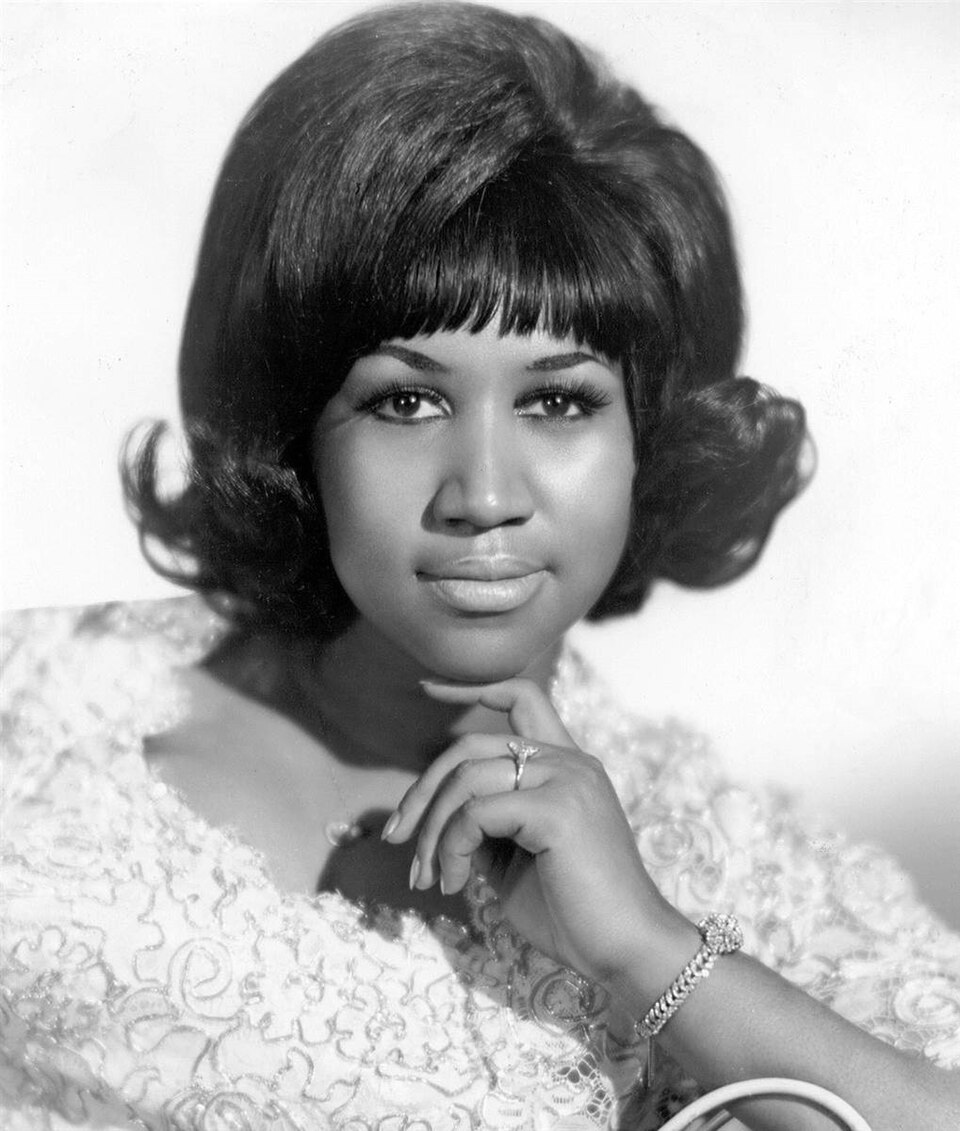
Singer Aretha Franklin, 1942–2018, avoided flying for decades after a rough trip in the early 1980s. Tours still happened, just by bus. She crossed long distances on highways to reach shows, sometimes adding a day to the schedule. In 2015 she said she was working on the fear, yet she continued to prefer the road. The lesson is that careers can bend around limits. If air travel scares you, try short practice rides first, learn seat maps, and bring calming music and a friend.
9. Isaac Asimov’s Lifelong Flight Avoidance
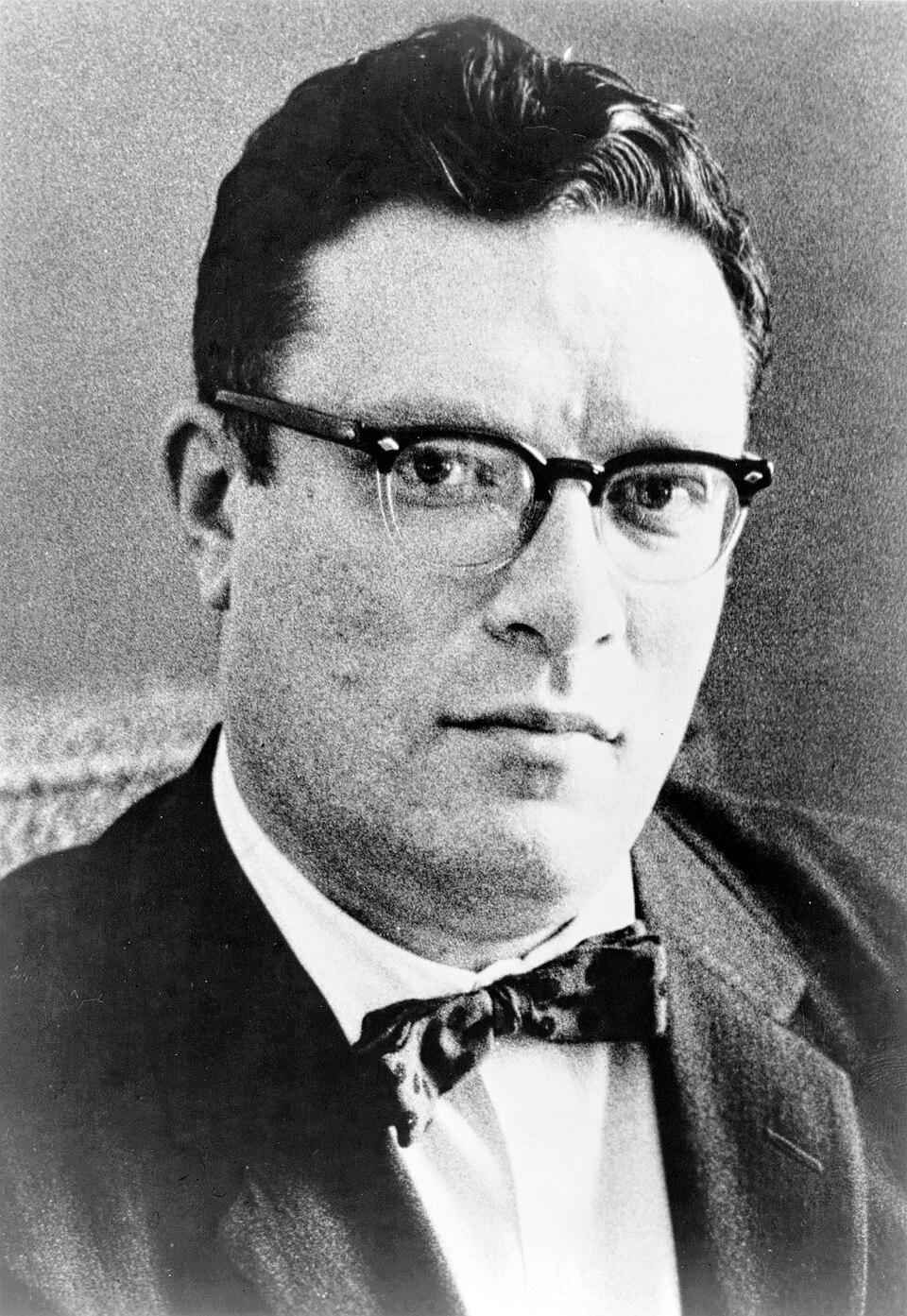
Writer Isaac Asimov, 1920–1992, published hundreds of books but almost never flew. He crossed oceans by ship and moved between U.S. cities by car and train, even when flights were faster. He wrote about disliking closed spaces and air travel in essays, then planned schedules around ships that took days to cross roughly 3,000 miles of Atlantic water. Planning beat panic. Teens can borrow that idea, if a situation triggers fear, plot a slower route, build extra time, and keep people updated as you go.
